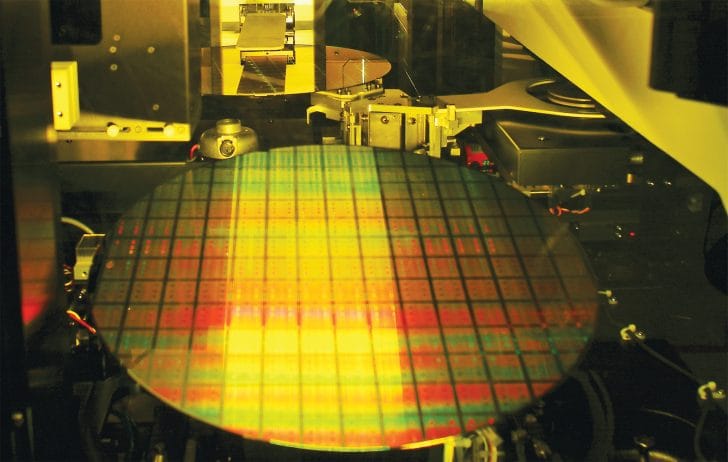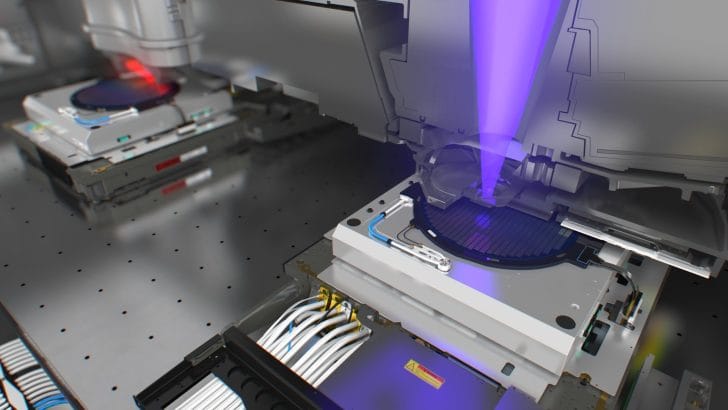SMIC's Breakthrough in Homegrown DUV Lithography and China’s Semiconductor Independence
SMIC’s new homegrown DUV lithography machines signal a major leap towards China's semiconductor independence, driven by AI demands and cutting-edge innovation.

The Dawn of a New Era in Semiconductor Manufacturing 🇨🇳✨
Semiconductors are the tiny brain cells powering everything from smartphones to supercomputers. Recently, SMIC, China’s largest chip manufacturer, made waves by testing its self-developed Deep Ultraviolet (DUV) lithography machines. This breakthrough is a game changer, marking a major step toward China’s semiconductor self-reliance — a crucial move in today's tech-driven world.

Why Does Semiconductor Independence Matter?
Imagine you rely on a single bakery for your bread, and suddenly that bakery can't deliver. This is sort of what China's chipmakers faced, heavily depending on foreign lithography machines, especially from Netherlands-based ASML. Adding to the drama, US export controls threw a wrench into that dependency. 🚫🍞
In response, China’s government is pushing domestic companies to produce advanced chips on their own. With AI booming and chip demand skyrocketing, the pressure to produce at home is as intense as never before. SMIC’s move to develop DUV lithography is part of a broader strategy to secure technological sovereignty and sustain economic growth.

The Technical Hurdles of Making DUV Lithography Work
Developing DUV lithography is no walk in the park. The technology requires extreme precision, especially for tiny 5nm chips, which demands complicated multi-patterning methods. It’s like trying to draw a perfect masterpiece with a trembling hand! 🎨🤏
Despite current yield challenges (meaning the number of perfectly made chips is lower than desired), SMIC is prioritizing scaling up production over perfection. The urgent market demand for AI chips means quantity can sometimes trump quality, at least temporarily.
Global Semiconductor Market: The Stakes Are Sky-High 🌍💥
Reports predict the global semiconductor market will hit a staggering $1 trillion by 2023, largely propelled by AI innovations. China doesn’t just want a slice of this pie—they want to bake their own. SMIC’s success sends a clear signal that China is serious about competing globally and reducing its reliance on imports.
Of course, challenges remain. Building complex machines isn’t just about tech—it’s about navigating political landscapes and supply chains tangled with global interests. However, SMIC’s progress embodies a powerful mix of perseverance, innovation, and national pride.
Looking Ahead: Why This Breakthrough Inspires Us
The journey toward semiconductor independence isn’t a sprint — it’s a marathon filled with obstacles. SMIC’s homegrown DUV lithography machines symbolize more than just technology; they represent a nation’s ambition to innovate, self-rely, and lead. 🚀
For consumers and industry watchers alike, this breakthrough fuels hope and excitement. It’s a reminder that with determination and ingenuity, even the most complex challenges can be tackled head-on. The global tech landscape is evolving — and China is ready to play a starring role.




